(MENAFN- Trend News Agency)
BAKU, Azerbaijan, November 21. The World Bank
has placed climate change at the core of its mission, reflecting a
significant shift in its mandate to focus on a world free of
poverty on a livable planet, said Rolande Pryce, Regional Director
for the South Caucasus, in an interview with Trend .
Speaking on the sidelines of COP29 summit in Baku, Pryce
elaborated on the institution's strategic climate initiatives and
the progress being highlighted at the global summit. "In October
2023, we revised our mandate," she stated. "This was a signal to
everyone that we're putting climate at the center of our usual
poverty reduction mandate".
At the forefront of the World Bank's climate efforts are three
major initiatives. The first is the Country Climate and Development
Reports (CCDRs), a diagnostic tool introduced three years ago. "The
focus of that report is to help governments prioritize actions that
reduce greenhouse gas emissions and boost adaptation and
resilience, while also delivering on broader development goals,"
Pryce explained. "The point essentially is that there are
trade-offs. It helps governments think through: if you had $1 to
spend, where can you get the biggest bang for the buck regarding
climate and development?"
The second initiative is the scaling up of climate finance.
Pryce noted that the World Bank had surpassed its initial target of
allocating 35% of total lending to climate finance, achieving a
record $42.6 billion in the last fiscal year. "For the year ending
June 30, 2025, we aim to move from 35% to 45% of total lending
targeted at climate," she said. "This is significant because as the
bank optimizes its balance sheet, the total volume of lending is
expected to increase, meaning both the percentage and the amount
allocated to climate finance will rise".
The third major initiative focuses on partnerships. Pryce
highlighted the importance of collaboration with multilateral
development banks (MDBs) and the private sector. "We've been more
deliberate over the past year. As a group of MDBs, we've set a
joint target to deliver $120 billion annually in climate finance by
2030," she shared.
Pryce emphasized that COP29 provides an opportunity to showcase
these efforts while reinforcing the World Bank's leadership in
climate action. "We remain the principal multilateral development
bank for delivering climate finance. These initiatives reflect our
commitment to addressing climate challenges while supporting
sustainable development goals".
Private sector's contribution to achieving climate
financing targets
Further speaking, the regional director noted that the World
Bank has been actively fostering private sector engagement to
advance climate finance and low-carbon transitions.
"Governments cannot do it alone," Pryce emphasized. "Even with
the support of multilateral development banks, the task is too
great. That's why we've been particularly focused on creating a
larger space for private sector involvement, investment, and
finance".
The regional director highlighted the bank's efforts to provide
governments with a structured roadmap for the low-carbon
transition, emphasizing the critical role of the private sector.
"It essentially gives the government a basis-a roadmap for this
transition. It's very clear about where the private sector can play
a role," she explained.
A key initiative in this effort has been the establishment of a
climate finance mobilization unit within the World Bank. "We have
resources, but the typical challenge with climate finance is that
it's often insufficient or too expensive for governments," Pryce
noted. The unit blends grant funding from private sector and donor
resources with the World Bank's own financing tools, such as IDA
and IBRD resources. "This enables us to support larger
climate-focused projects, including public-private partnerships and
carbon markets," she said.
The World Bank has also been leveraging its expertise in carbon
finance to expand carbon markets globally. "More and more,
countries are trying to figure out how to create a market for
reducing greenhouse gas emissions," Pryce said. "The idea is to
enable emitters - whether countries or companies - to buy and sell
capacity, ensuring overall global targets are met. Countries doing
a good job in reducing emissions can secure financing through these
markets".
MDBs unite to boost climate
financing
Rolande Pryce further highlighted the transformative approach
MDBs are adopting to integrate climate considerations into
development efforts.
"The challenge is huge," Pryce stated. "But it's not as if it's
a tiny pie, and we're scrambling for the crumbs. We've always
worked with individual countries, placing their development
ambitions at the center. Increasingly, those conversations have a
climate focus."
She elaborated on how climate considerations are being woven
into various projects: "For example, if you're building new
schools, the discussion isn't just about designing the best
classrooms anymore. Now, it might include climate-resilient
infrastructure or installing solar panels for electricity. More and
more, we're focusing on greenhouse gas emissions, adaptation, and
resilience in our engagements with governments."
Pryce also emphasized the collaborative efforts required for
large-scale projects, pointing to the Black Sea submarine cable as
an example. "That is a $3 billion infrastructure program. We know
that the bank and individual governments alone cannot fund this, so
we're actively collaborating with other MDBs like the Asian
Development Bank and potentially the European Bank for
Reconstruction and Development. Everyone is interested, and once
the program is structured, we'll see how others can contribute,"
she explained.
To streamline such collaborations, MDBs are developing mutual
reliance agreements. "When multiple MDBs are involved in the same
program, we work on whose policies we will rely on to reduce
transaction costs for governments. The goal is to avoid adding a
'tax' by bringing in too many players and to ensure seamless or at
least less painful collaboration," Pryce said.
World Bank's support for vulnerable communities in
the South Caucasus
The regional director reaffirmed the bank's commitment to
supporting vulnerable communities in the South Caucasus by focusing
on climate resilience and adaptation.
"The poorest and most vulnerable communities are at the core of
what we care about," Pryce noted. She highlighted the importance of
creating resilient communities, particularly in areas prone to
natural disasters, such as coastal regions or riverbanks. "How are
we ensuring that the infrastructure around them is resilient, won't
fail them in difficult moments?" she asked, stressing the need for
robust solutions to mitigate the risks of shocks.
According to Pryce, the World Bank has been actively working
with South Caucasus countries to develop roadmaps for transitioning
to low- or zero-carbon technologies in critical sectors like energy
and transport. "People use buses, and buses create great emissions.
How do we electrify the buses, for example?" she said, underlining
the role of sustainable transport in reducing emissions.
Water scarcity, particularly in Azerbaijan, has emerged as a key
area of focus. "A lot of your irrigation canals are no longer fit
for purpose, need to be retrofitted, rehabbed," Pryce explained.
She pointed out the need to introduce climate-smart agricultural
practices and technologies that conserve water while maintaining
high productivity.
The World Bank's efforts also extend to regional infrastructure
projects aimed at enhancing climate resilience. In Azerbaijan, the
organization has been involved in projects that improve road
infrastructure, making it resistant to flooding, erosion, and
extreme temperatures. "It comes down to a lot of fine details,"
Pryce said, referring to elements like drainage systems and bridge
adaptations designed to withstand climate impacts.
In Georgia, the focus has been on energy transition and
modernizing the agriculture sector, while similar conversations are
beginning in Armenia and Azerbaijan. Pryce described these
initiatives as part of a broader strategy to address climate change
in a practical and localized manner. "Our work is about rethinking
infrastructure to respond to the climate impacts we see happening
more frequently," she added.
Pryce further highlighted the pressing issue of the decreasing
sea level in the Caspian and its potential impact on using the
Middle Corridor as a trade route.
"We've discussed the impact of climate change on trade, with the
Middle Corridor being one of the key routes. If we consider the
Middle Corridor as the multimodal path from east to west, it starts
in Central Asia, crosses the Caspian Sea, goes through the
Caucasus, and continues over the Black Sea to connect with Europe
and the east. Similar challenges arise when we think about
multimodal transport - particularly freight coming by ship and
continuing by rail," she elaborated.
When laying down or rehabilitating tracks, factors like drought,
floods, extreme heat, or cold need to be considered, the country
director explained.
"These conditions will influence the materials we use and where
the tracks are placed. Clearly, these are crucial considerations.
When I speak about a change in mindset, I mean that all of our
institutions and governments are now integrating these factors into
the design and implementation of our operations. Climate is no
longer something in the distant future - it's here, and it impacts
us every day. As such, climate mitigation and disaster
vulnerability reduction are integral to our daily work," Pryce
added.
Water shortages and flooding: World Bank addresses
climate impacts in South Caucasus
Some countries simply lack access to sufficient water sources,
whereas drought typically occurs when rainfall that once
replenished those sources is no longer occurring, Rolande Pryce
pointed out. "Both drought and water scarcity present major
challenges. Flooding is another pressing issue we're
witnessing".
"These are very real, live challenges facing the countries I
serve. We all share the same tools and work together to help
countries conduct robust analysis to understand the most pressing
challenges. Our goal is to address these issues while ensuring that
broader development objectives are still met," she said.
One of the key ways the World Bank does this is through the
Country Climate and Development Report, which helps guide
governments on low- or zero-carbon transition strategies, the
country director explained.
"We also focus on investing in resilient infrastructure - new
projects that are informed by the climate challenges we face.
Additionally, we must address critical older infrastructure. Aging
infrastructure needs to be upgraded to meet the demands of the
changing climate. We also recognize that designing, implementing,
and monitoring climate projects requires strong institutional
capacity. It's essential that institutions and even small
businesses adapt to this new reality. Many companies no longer know
how to make their products climate-responsive, so we focus heavily
on capacity building and providing technical assistance to help
them upgrade their capabilities to face today's challenges. These
are just a few practical ways we're helping the South Caucasus
countries address climate change and its impacts," Rolande Pryce
concluded.
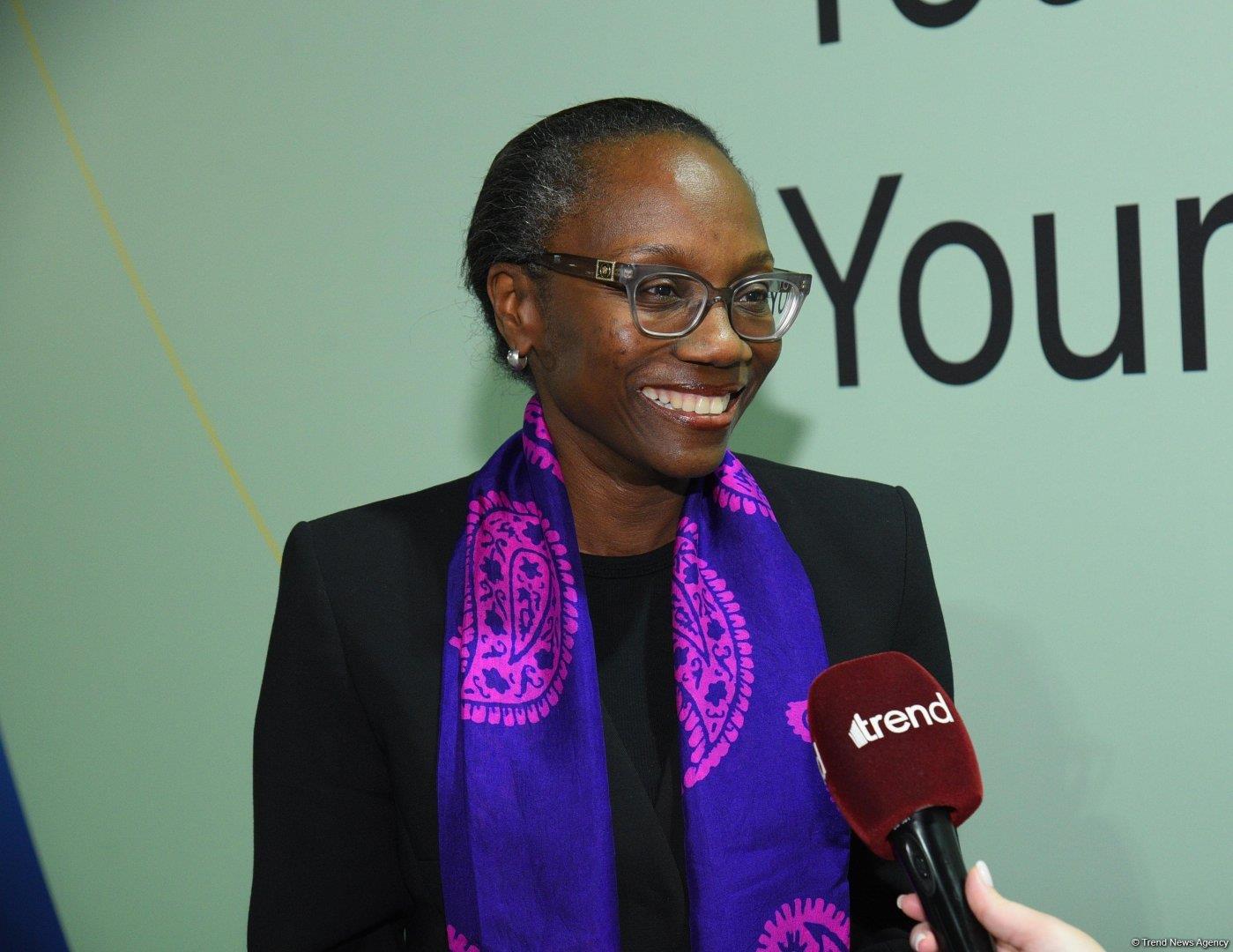
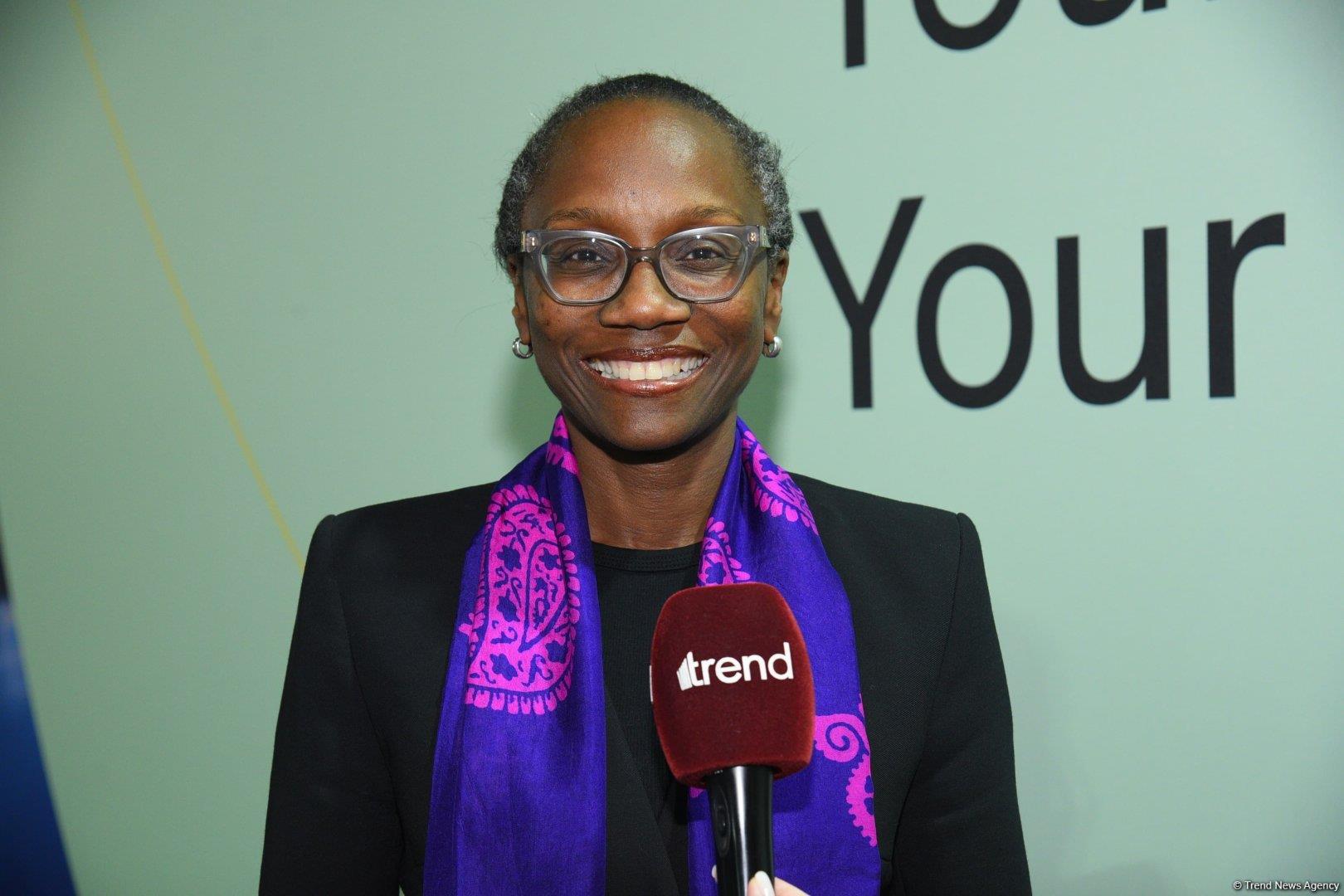
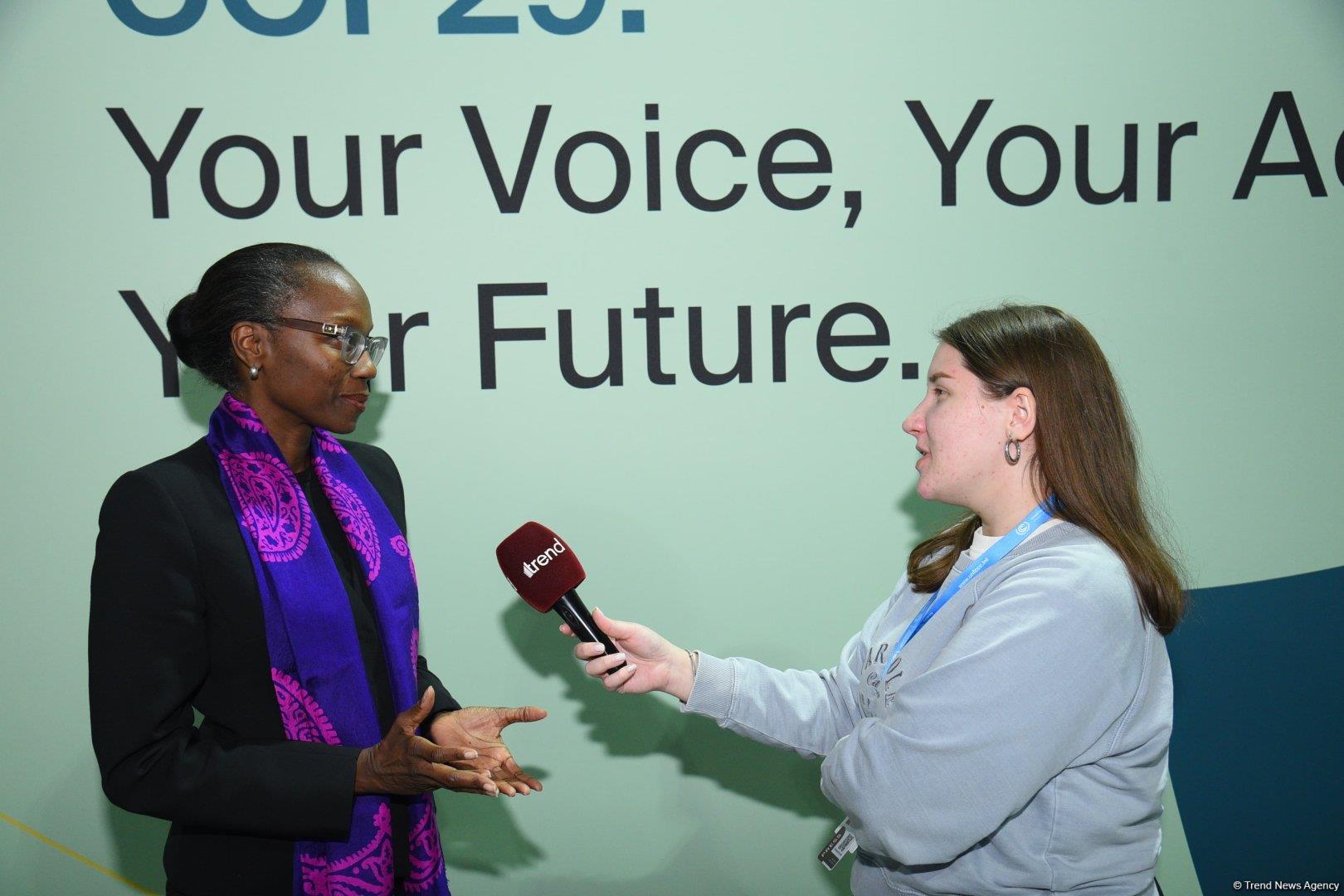
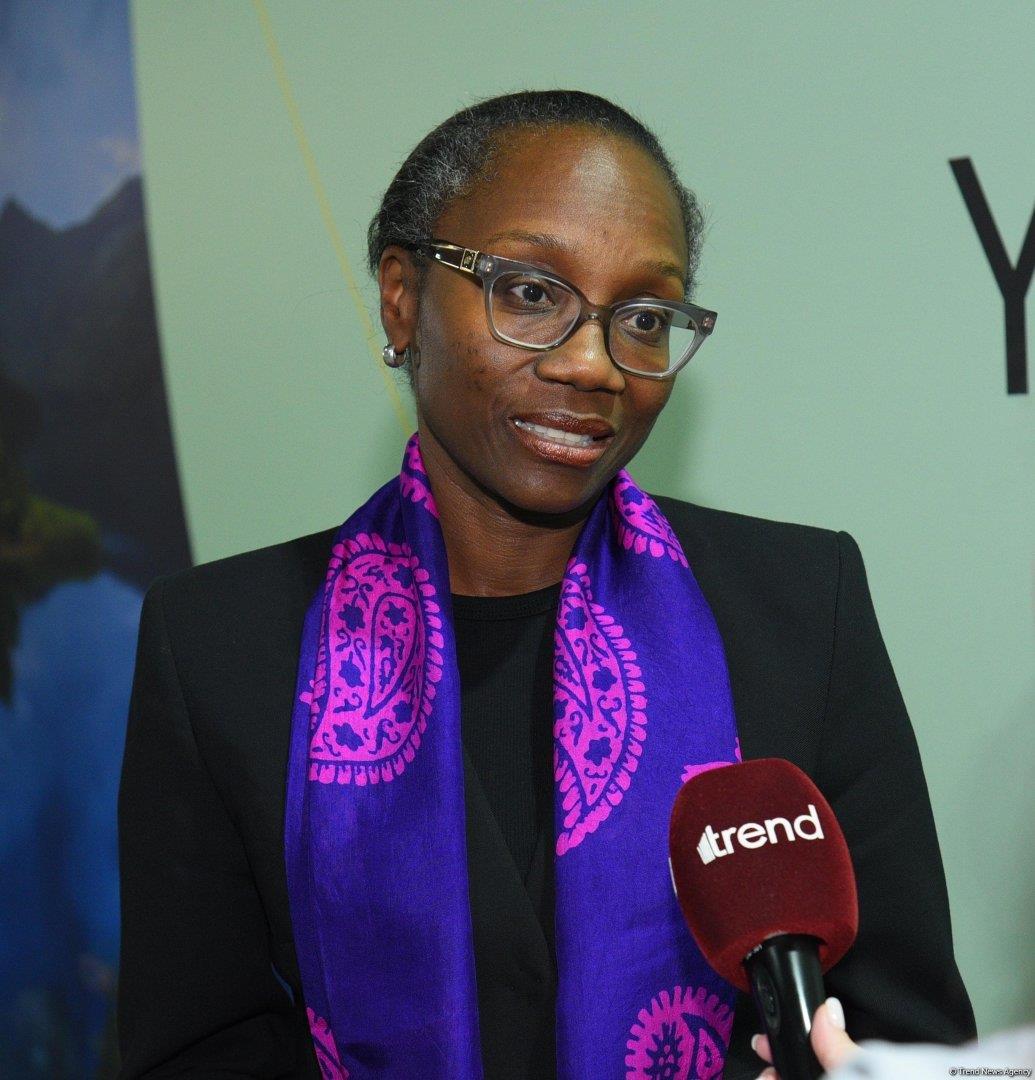
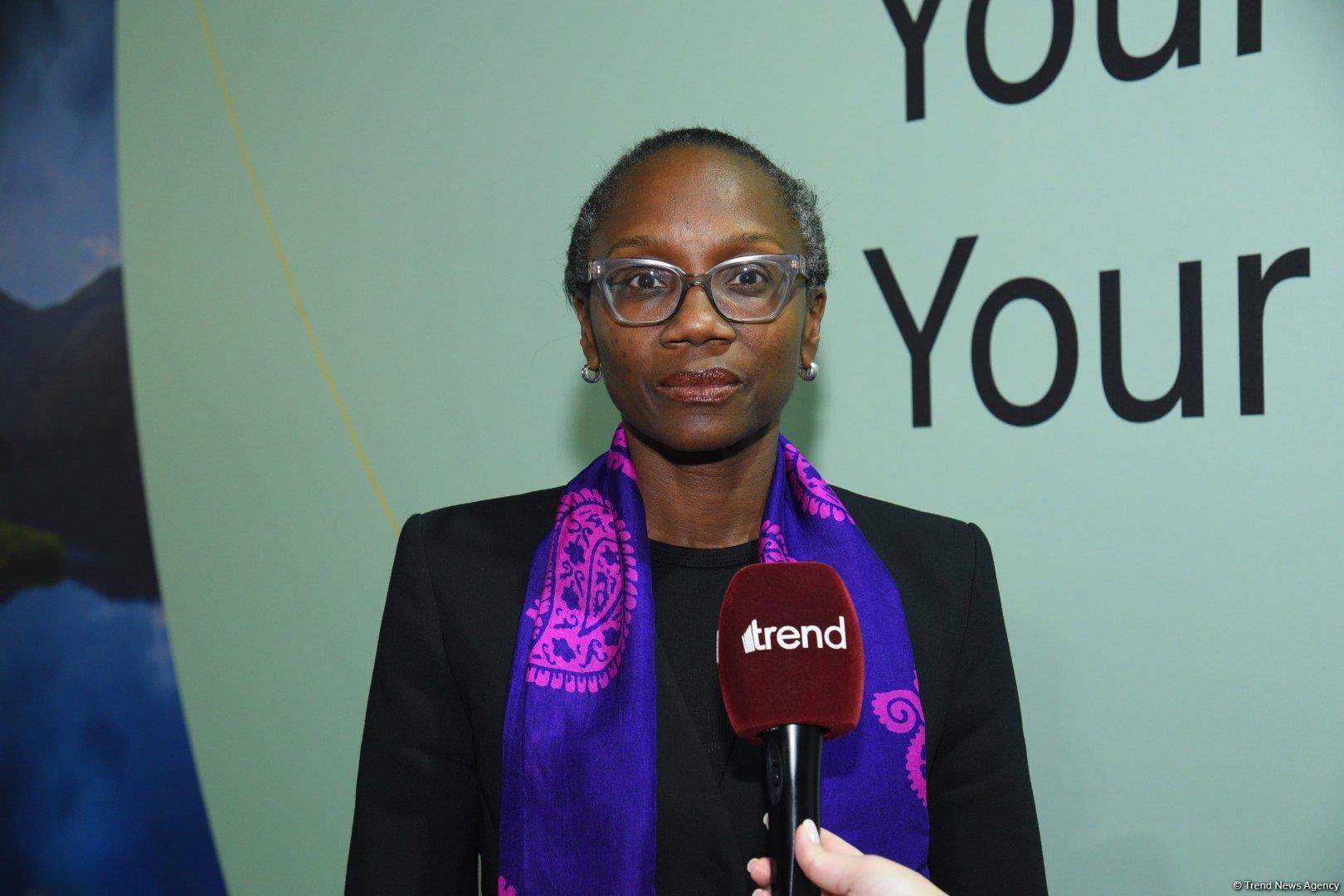
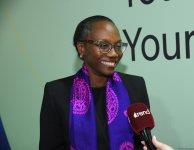

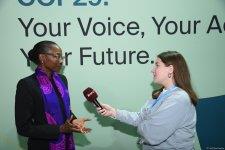

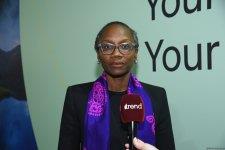
MENAFN21112024000187011040ID1108909241